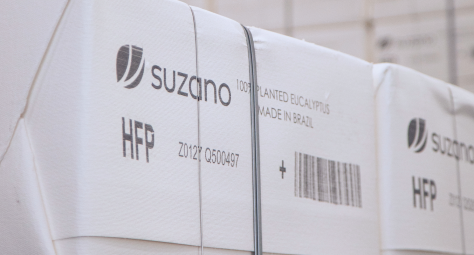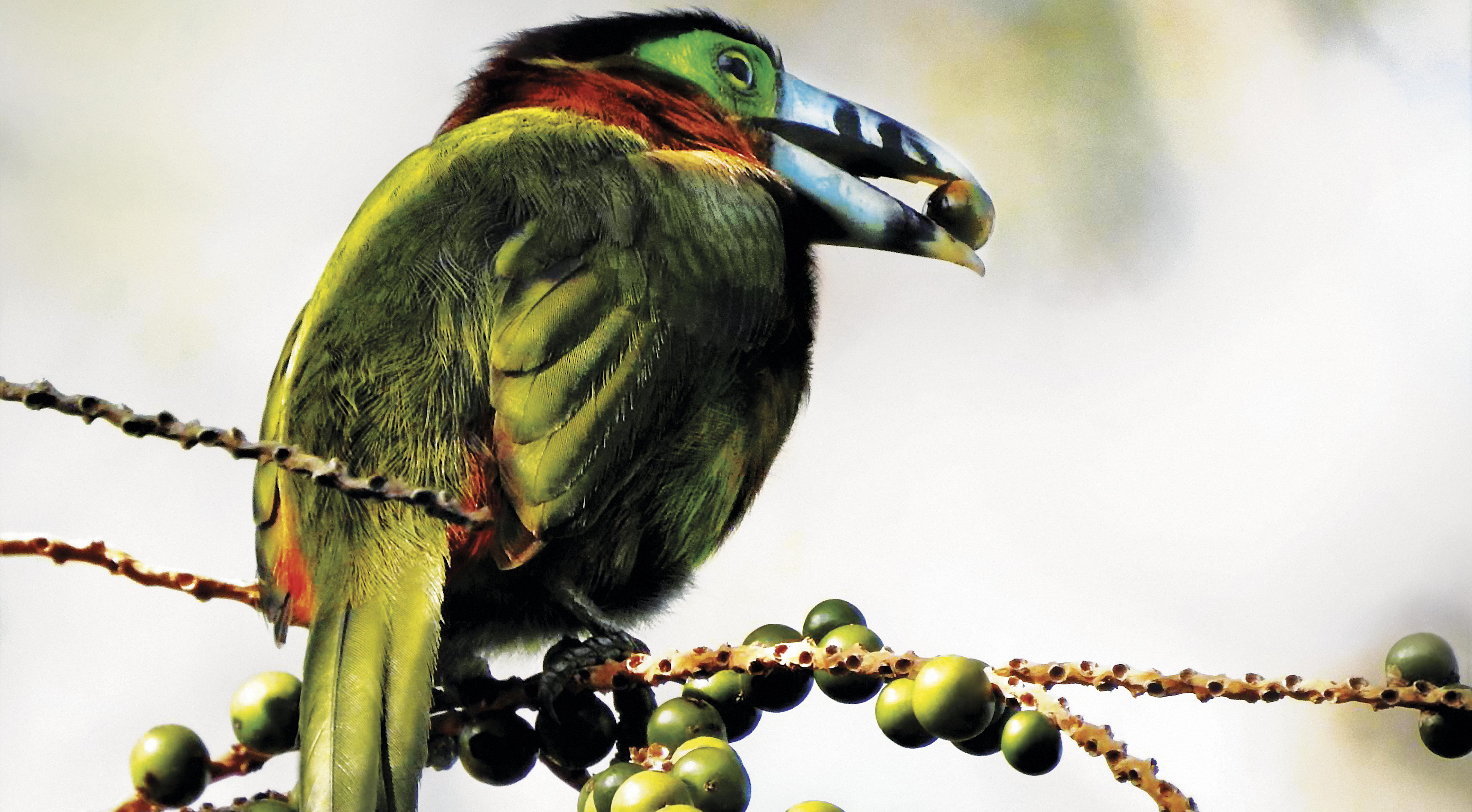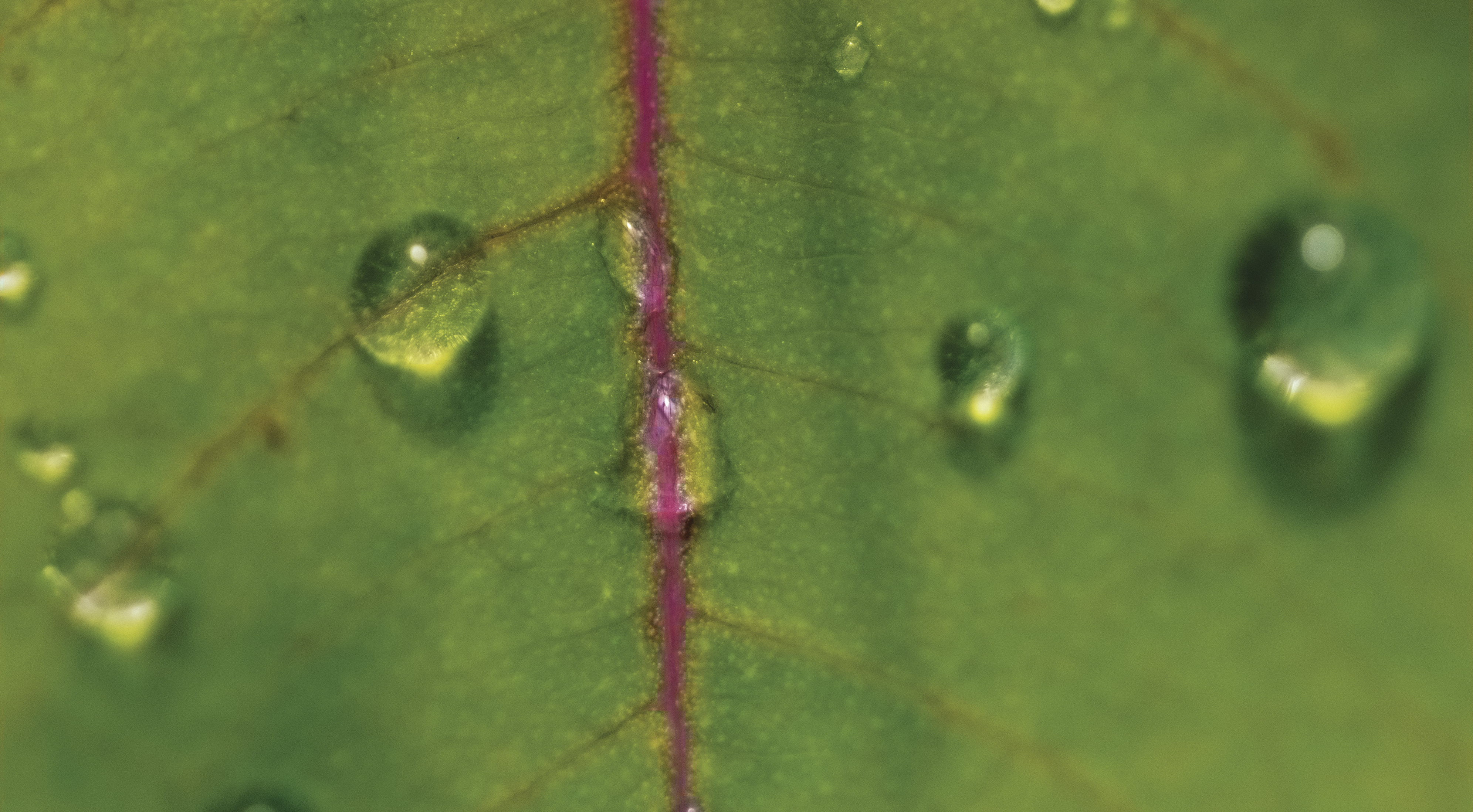sobre o que você deseja falar?


perguntas, sugestões ou problemas técnicos envolvendo a plataforma

informações sobre a empresa


Commitments to Renewing Life
For planet
32 %
Habitat fragmentation is one of the main threats to biodiversity loss in Brazil and worldwide. This phenomenon occurs when a continuous natural area of environmental importance is reduced and subdivided into smaller, unconnected areas. This is due to land use and occupation changes caused mainly by anthropogenic actions and intensified by climate change.
Fragmentation alters ecological interactions in the landscape and isolates species, resulting in a reduction in genetic variability and reproductive success - which increases the vulnerability of species and can contribute to their extinction, as well as interfering with the loss of resilience of territories to climate change and the provision of ecosystem services, among other adverse effects.
Suzano's forestry operations cover around 2.7 million hectares, of which more than 1 million are conserved areas such as legal reserves, APP, and others. In this urgent scenario of biodiversity loss, added to our expertise in forest management, we understood that we could play an important role in biodiversity conservation: contributing to the connection of isolated fragments to leverage the positive impact on biodiversity in the biomes where we are present, as a way of generating value for the business.
The commitment covers fragments of natural forest areas and other types of fragmented native vegetation chosen for their high potential for biodiversity conservation. These fragments are located inside and outside the company's areas of operation, and ecological corridors will be set up to connect them, covering areas of Suzano's direct operations and value chain, as well as private properties, settlements, and territories of traditional populations, through strategic partnerships.
These corridors will be implemented in conservation areas, using restoration techniques, and in productive areas, using sustainable production models.
To manage this commitment, the company operates strategically along six lines:
Connect half a million hectares of priority areas for biodiversity conservation in the Cerrado, Atlantic Forest and Amazonia by 2030
In 2024, we implemented sections of ecological corridors connecting 102,104 hectares of fragments, which, added to the fragments connected in previous years, totals 157,889 hectares. To this end, 1,337 hectares of ecological corridor areas, 958.99 hectares of biodiverse models, and 378.12 hectares of ecological restoration have been implemented.
The year 2024 marked the beginning of the implementation of ecological corridors outside Suzano's area through a partnership with Inovaland, an international private organization that recovers forests and landscapes in South America and Africa. This partnership with Inovaland constitutes a matchfunding with Kirkib, which, through the South Bahia Environmental Fund (FASB), is carrying out the planned implementation of the Atlantic Forest ecological corridor, a project called "Corredor da Mata". This year's actions were responsible for implementing the Maturembá ethno-ecological corridor, which made it possible to connect two important Conservation Units: the Descobrimento National Park and the Monte Pascoal National and Historical Park.
We have signed other important partnerships, with the International Finance Corporation (IFC) to implement part of the Cerrado corridor, with Conservation International (CI Brasil) for strategic actions linked to the three corridors, and with the Rainforest Alliance to implement sections of the Amazon corridor.
In line with generating value from biodiversity conservation, we delivered 3 community nurseries in the Amazon corridor, trained the seed collecting group from the Mutum and Avaré settlements in the Cerrado corridor, and offered a seed house to the Copyguá cooperative in the Atlantic Forest corridor, to improve the storage and consequently the commercial helpful life of the seeds, supporting the generation of income for the collecting communities.
Regarding the creation of protected area networks, we have filed two requests for the creation of Private Natural Heritage Reserves (RPPN) in Suzano areas covered by the Amazonia and Atlantic Forest corridors. The company's monitoring of these areas identified them as having high conservation potential for biodiversity and their importance in the landscape context.
We made significant progress in biodiversity monitoring, finalizing the data collection campaigns for autonomous recorders, which record the sounds of the fauna and environmental DNA, which will generate information about the species. We also carried out the first primate campaign in the Amazon and Atlantic Forest corridors in partnership with the Federal University of Viçosa (UFV) and the Bicho do Mato Institute, respectively. The results showed the presence of the key primate species defined for monitoring in these corridors. We also carried out the first palm tree campaign in the Atlantic Forest in partnership with the State University of Santa Cruz (UESC).
| 2020 | 2021 | 2022 | 2023 | 2024 | Cumulative total | |
|---|---|---|---|---|---|---|
| ha | ha | ha | ha | ha | ha | |
|
Connected areas |
0.00 |
0.00 |
130.40 |
55,654.45 |
102,104.27 |
157,889.12 |
| Within Suzano | Outside Suzano | |||||
| Year | Productive areas | Protected areas¹ | Productive areas | Protected areas¹ | ||
| ha | ha | ha | ha | |||
|
2024 |
1058,7 |
228.00 |
0.00 |
49.90 | ||
|
2023 |
103.00 |
300.00 |
0.00 |
0.00 | ||
|
2022 |
93.00 |
179.00 |
0.00 |
0.00 | ||
|
Total |
1,254.70 |
707.00 |
0.00 |
49.90 | ||
For 2025, we will continue to implement stretches of ecological corridors through ecological restoration areas and sustainable productive management, both inside and outside Suzano's farms. To this end, we will continue to engage third-party areas through our implementing partners in the territories.
In line with establishing business models that generate shared value, we will encourage the expansion of the seed network in the Cerrado corridor through a partnership with Flor do Cerrado and in the Atlantic Forest corridor with the Agribusiness Development Center (CEDAGRO).
We will continue with the primate and palm tree campaigns, prioritizing those corridors that did not have their first campaign in the previous year. We will also continue to look for opportunities to create reserves on third-party Suzano properties.
Finally, among other actions, we will continue our engagement activities and restoration investments in third-party areas - in addition to Suzano's areas - seeking to establish new partnerships to leverage resources and strengthen the long-term conservation of the corridors.


Connect half a million hectares of priority areas for biodiversity conservation in the Cerrado, Atlantic Forest, and Amazon.

Make available 10 million tons of renewable-source products that can replace plastic and other petroleum-based products by 2030.


Remove 40 million tons of carbon from the atmosphere by 2025; Reduce by 15% the intensity of the Greenhouse Gas emissions of scopes 1 and 2, per ton of production...

Increase water availability in all the critical watersheds¹ in Suzano's areas of operation by 2030 and reduce by 15% the water captured in our industrial operations...